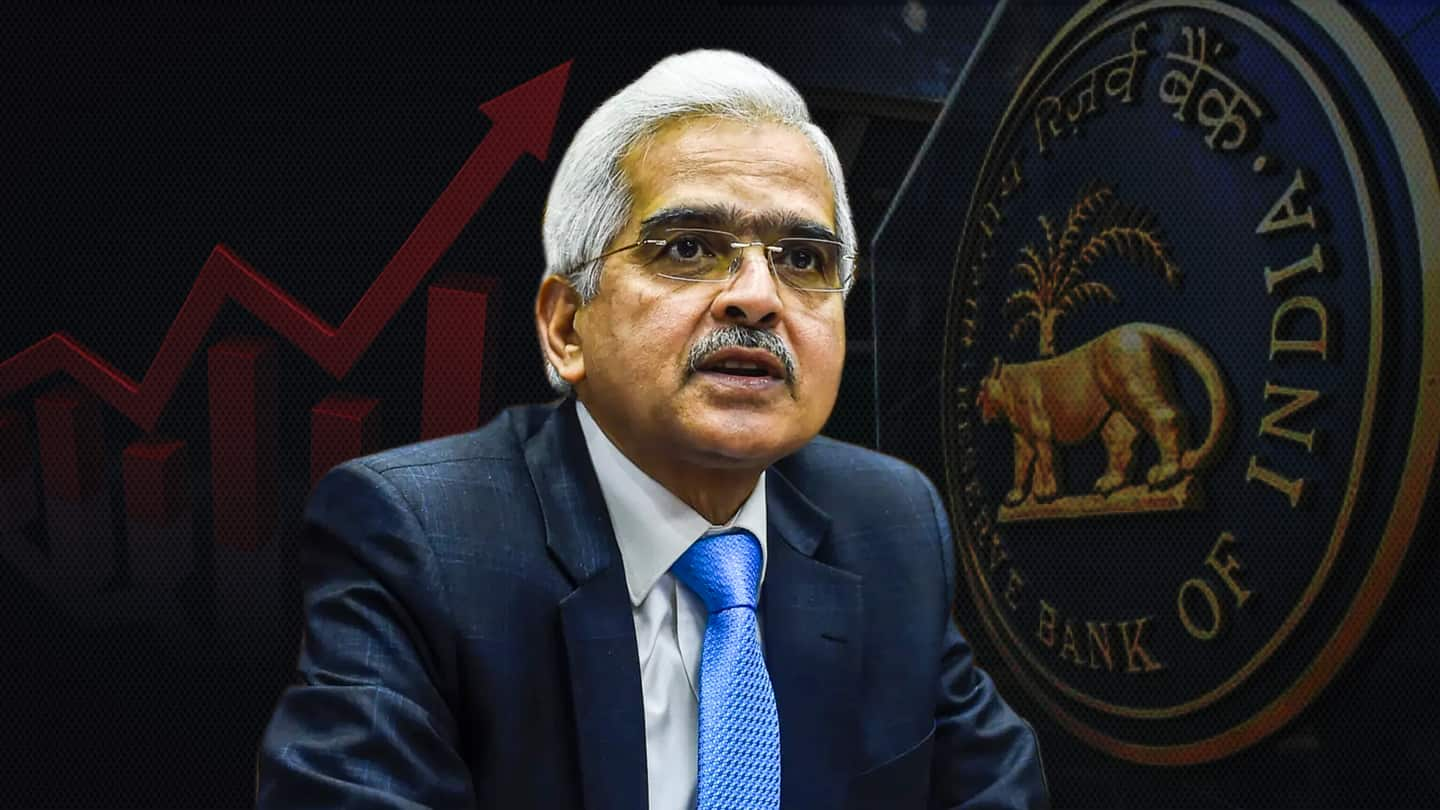
RBI MPC keeps repo rate unchanged at 4%
What's the story
The Monetary Policy Committee (MPC) of the Reserve Bank of India today kept the repo rate unchanged at 4 percent and maintained its accommodative stance for as long as necessary to sustain growth.
Further, the reverse repo rate also remained unchanged at 3.35 percent, and Marginal Standing Facility and Bank rate were also kept unchanged at 4.25 percent.
Here are more details on this.
Details
Repo rate unchanged for fifth consecutive meeting
RBI Governor Shaktikanta Das headed the six-member committee that was scheduled to meet from April 5 to 7.
This was the first bi-monthly monetary policy review for the new Financial Year 2021-22.
The repo rate has been kept unchanged for the fifth consecutive committee meeting as the country stares at an economic crisis amid a massive surge in COVID-19 infections.
Details
In February too, RBI had kept repo rate unchanged
Last month, the government had asked the RBI to maintain retail inflation at 4 percent with a margin of 2 percent on the either side for the coming five-year period ending March 2026.
Earlier, in February, after the last meeting of the MPC, the central bank had kept the repo rate unchanged citing concerns over inflation.
Statement
Surge in COVID-19 created economic uncertainty, said Das
"The recent surge in COVID-19 infections has created uncertainty over economic growth recovery," RBI Governor Das said today, adding that the top bank of the country is indirectly expanding liquidity.
"'If patience is worth anything, it must endure to the end of time. And a living faith will last in the midst of the blackest storm," Das concluded.
Definition
What are repo and reverse repo rates?
Repo stands for "repurchase agreement."
It is the rate at which the Reserve Bank of India lends money to commercial banks across the country.
Separately, the reverse repo rate is the opposite of the repo rate, implying that it refers to the rate at which the RBI borrows funds from commercial banks in the country.
Both are short-term loans.